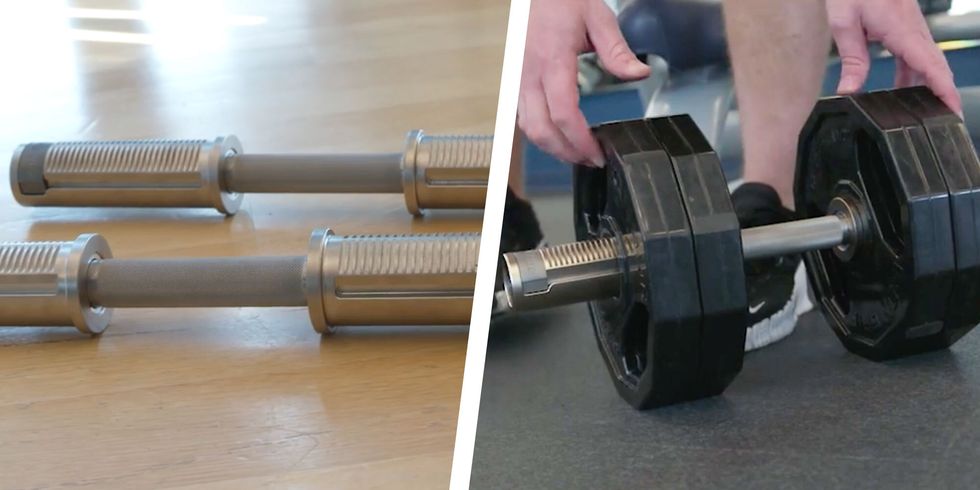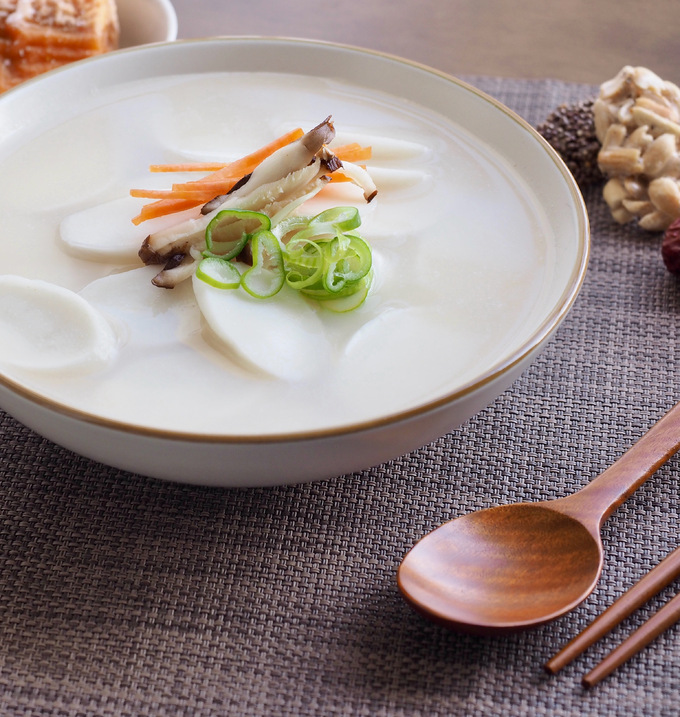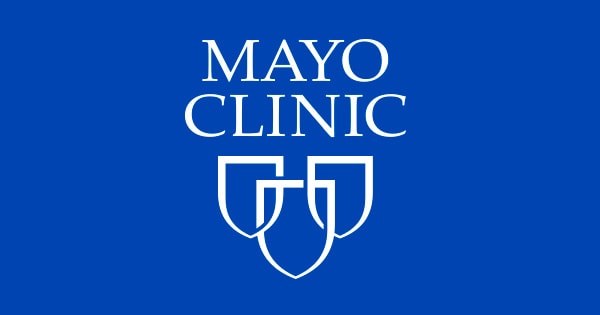The study covered in this summary was published on medRxiv.org as a preprint and has not yet been peer reviewed.
Key Takeaways
The authors found that markers of neurodegeneration (glial fibrillary acid protein [GFAP] and neurofilament light chain [NfL]) and their association with dementia risk varied depending on levels of total cholesterol and the apolipoprotein E (APOE) ε4 genotype.
Although GFAP and NfL are better predictors of dementia than phosphorylated tau181 (p-tau181), these markers’ association with dementia risk is amplified by hypercholesterolemia and the APOE ε4 genotype.
Why This Matters
Whereas previous studies have shown the presence of hypercholesterolemia and cardiovascular pathologies to modify the association of APOE ε4 with cognitive function, this study linked blood markers of neurodegeneration to hypercholesterolemia and cognitive decline. The study established a link between vascular and mental health in representative populations with mixed pathologies.
Study Design
This was a nested case-control study of a population-based cohort with up to 17-year follow-up with regard to age-related diseases. A total of 768 older adults (261 with dementia and 507 controls) from the ESTHER study participated, with strong comorbidities of neurodegenerative and cerebrovascular pathologies.
GFAP, NfL, and p-tau181 were measured in baseline blood samples and categorized into high vs low. Cholesterol concentrations were determined at the same time as markers of neurodegeneration.
Logistic regression analyses and spline regression models for dose-response analyses were used.
Key Results
The odds of dementia diagnosis were found to be much higher between participants with high vs low GFAP and NfL levels.
For GFAP and NfL, the odds ratio (OR) for dementia diagnosis was 5.10 (CI, 2.45 – 10.60) and 2.96 (CI, 1.43 – 6.14), respectively, in participants with high total cholesterol (TC).
For GFAP and NfL, the OR for dementia diagnosis was 2.44 (CI, 1.47 – 4.07) and 1.15 (CI, 0.69 – 1.92), respectively, in those with low TC.
Noncarriers of APOE ε4 with high GFAP and high TC had an OR of 10.02 (CI, 3.57 – 28.15), and noncarriers of APOE ε4 with high NfL and high TC had an OR of 4.21 (CI, 1.15 – 15.40).
No significant association was seen with p-tau181.
High levels of GFAP at baseline were associated with 12-fold odds of dementia among participants with cardiovascular disease, compared with twofold odds among those free of cardiovascular disease at baseline.
GFAP and NfL are more promising than p-tau181 for predicting dementia risk in the older population with high cardiovascular burden.
Limitations
The study was limited by lack of brain biomarkers for Alzheimer’s disease pathology and lack of standardization for dementia diagnoses.
Measurements of TC and markers of neurodegeneration prevented a temporal exploration of the observed association and therefore limited interpretation.
Disclosures
The authors have declared no competing interests.
The ESTHER study was funded by grants from the Saarland State Ministry for Social Affairs, Health, Women and Family Affairs (Saarbrücken, Germany); the Baden-Württemberg State Ministry of Science, Research and Arts (Stuttgart, Germany); the Federal Ministry of Education and Research (Berlin, Germany); and the Federal Ministry of Family Affairs, Senior Citizens, Women and Youth (Berlin, Germany).
None of the funding sources had a role in the conduct of the study, the analysis or interpretation of the data, the writing of the manuscript, or the decision to submit it for publication.
This is a summary of a preprint research study, “Joint contribution of markers of neurodegeneration and hypercholesterolemia to dementia risk,” written by Laura Perna, PhD, of the Department of Translational Research in Psychiatry at the Max Planck Institute of Psychiatry in Munich, Germany, and colleagues on medRxiv, provided to you by Medscape. This study has not yet been peer reviewed. The full text of the study can be found on medRxiv.org.
For more Medscape Neurology news, join us on Facebook and Twitter
Note: This article have been indexed to our site. We do not claim legitimacy, ownership or copyright of any of the content above. To see the article at original source Click Here













